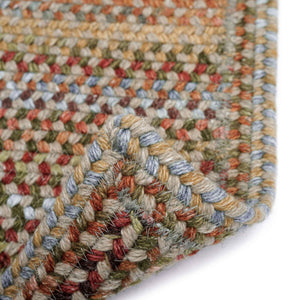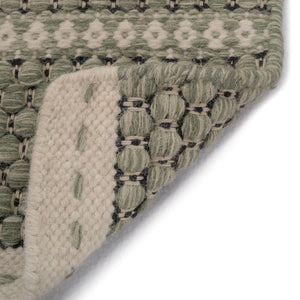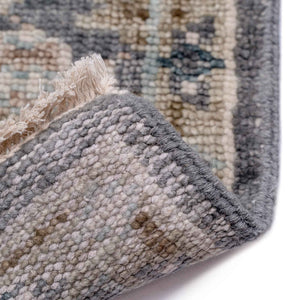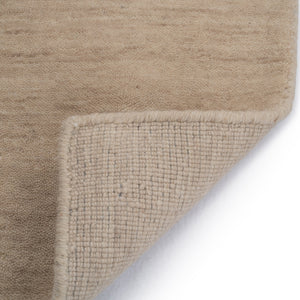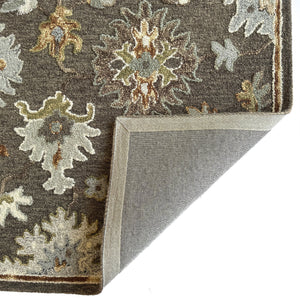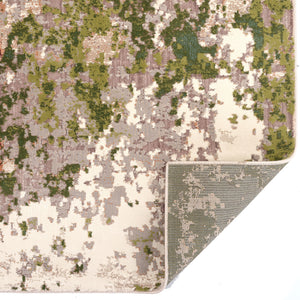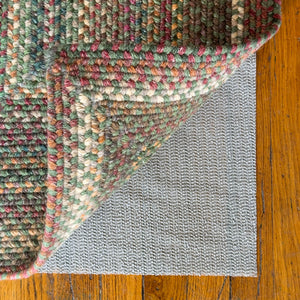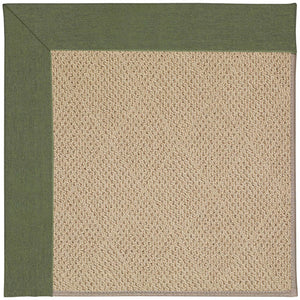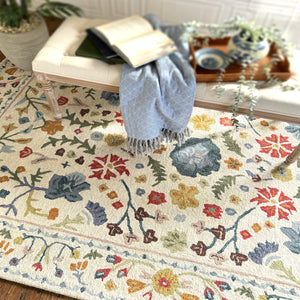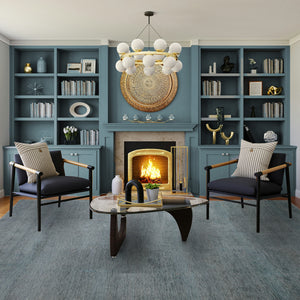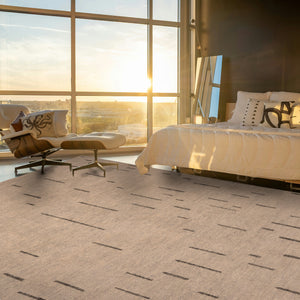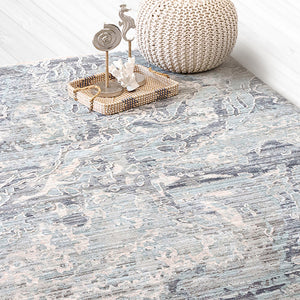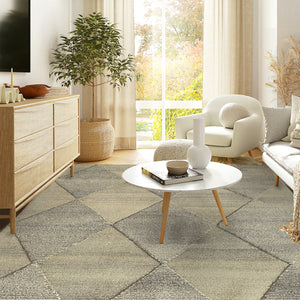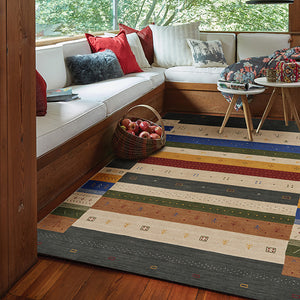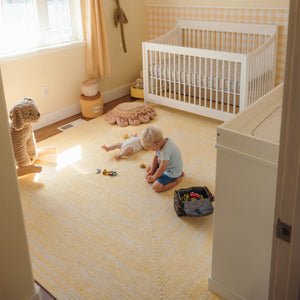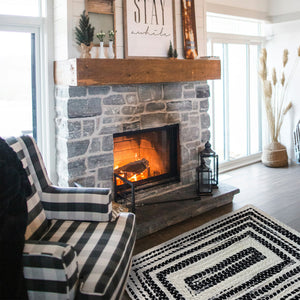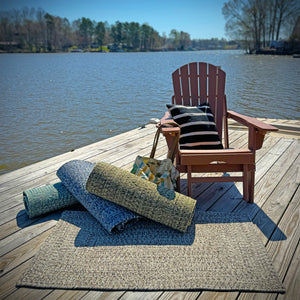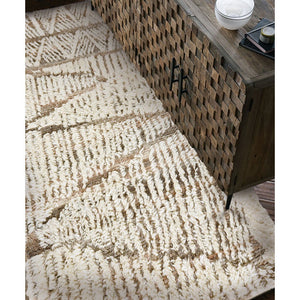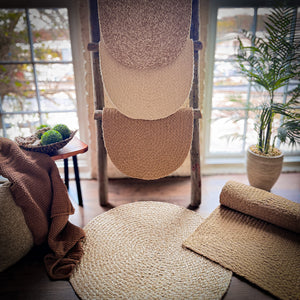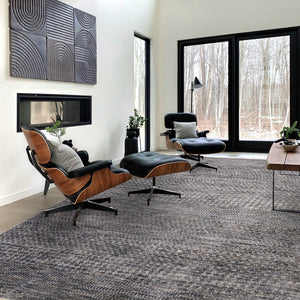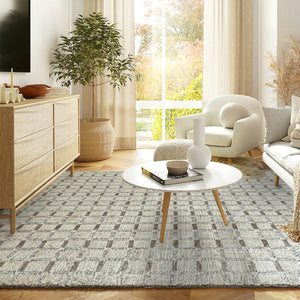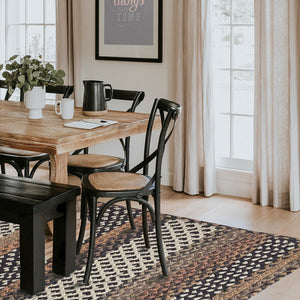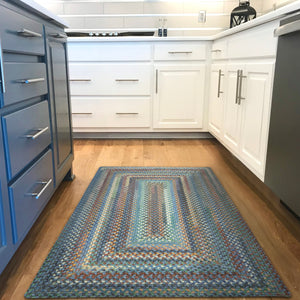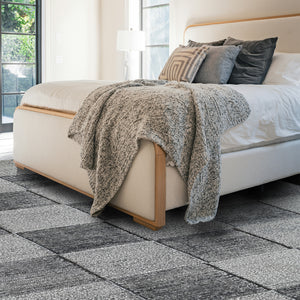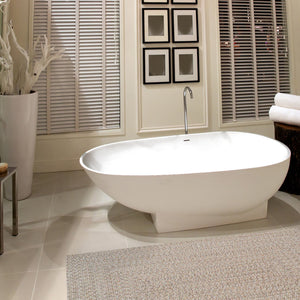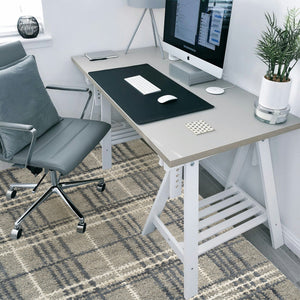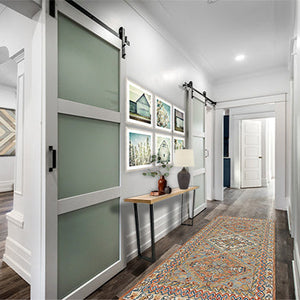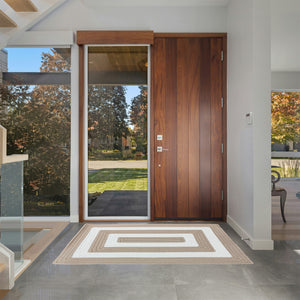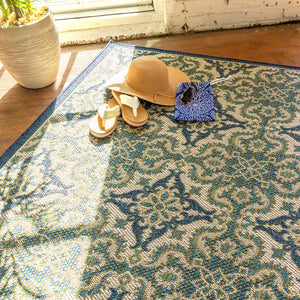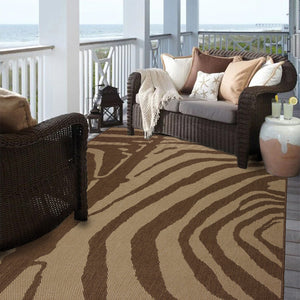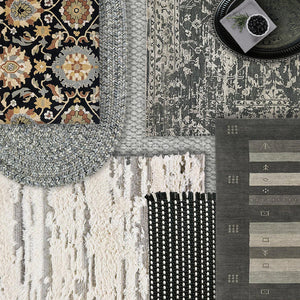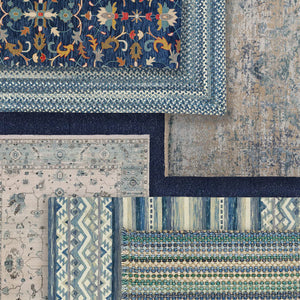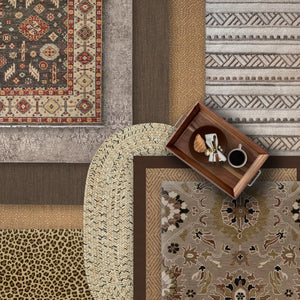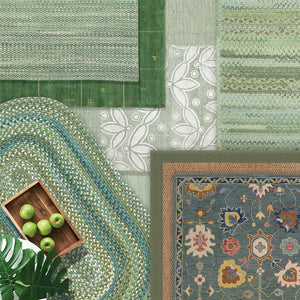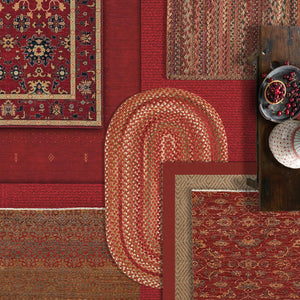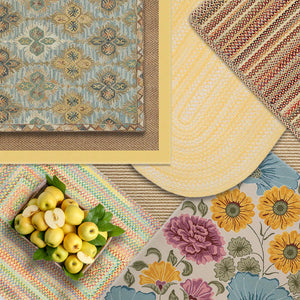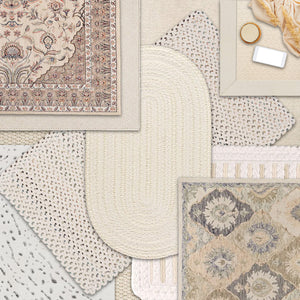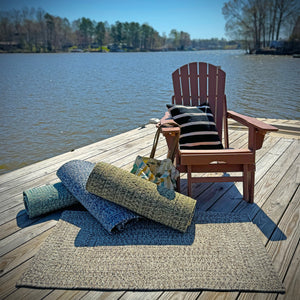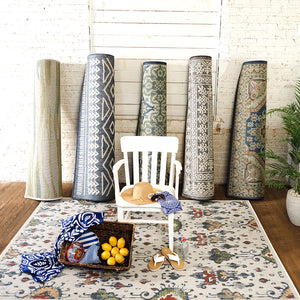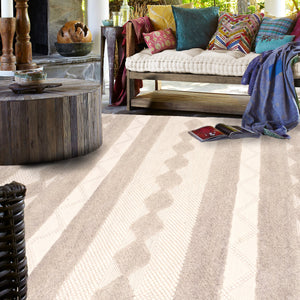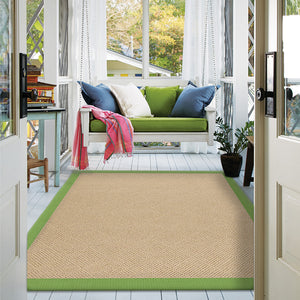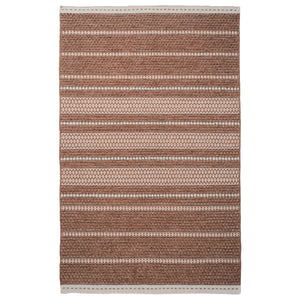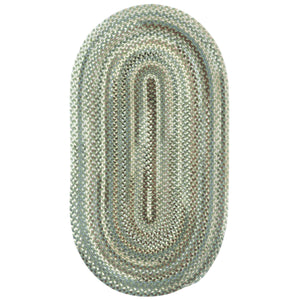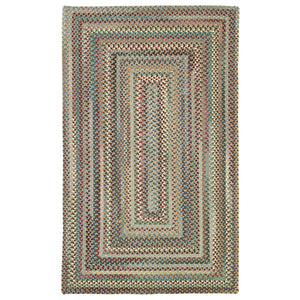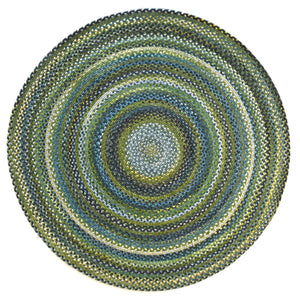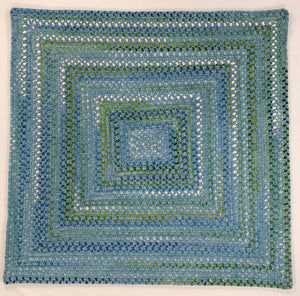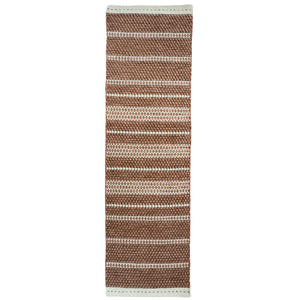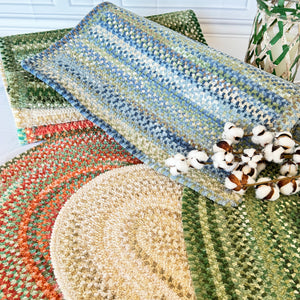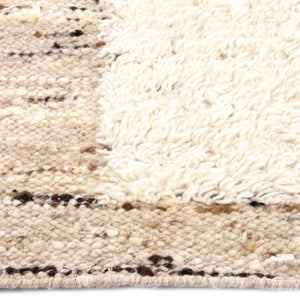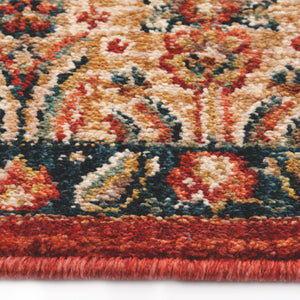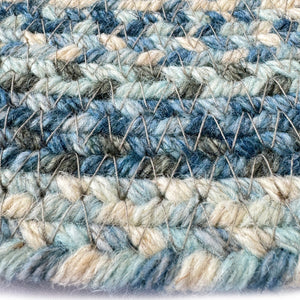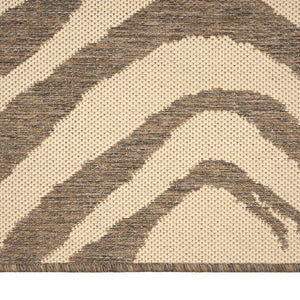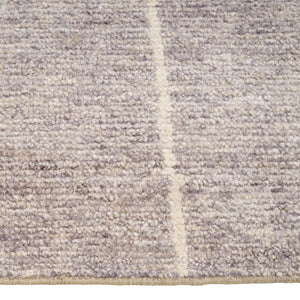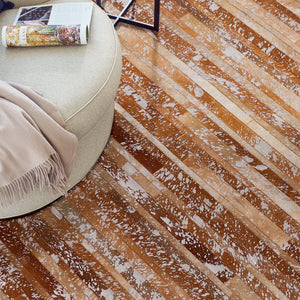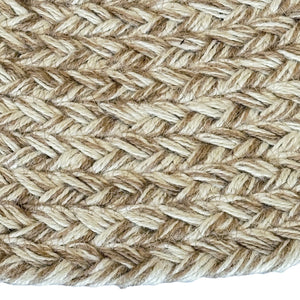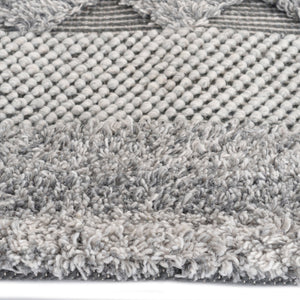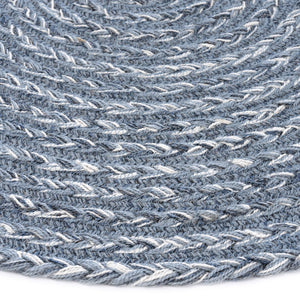Rug Glossary
|
ALL OVER DESIGN - A repeat pattern that fully covers the field of a rug.
ARABESQUE - A design of intertwining vines, flowers and leaves common to Persian rugs. ARBRASH - A change in the shade of a color within a rug which usually appears in a horizontal line. AXMINSTER LOOM - The popular choice for duplicating antique oriental rug designs, particularly Caucasian geometrics, because of the flexibility in color and design. BACKING/BACKING MATERIAL - To protect the back of hooked rugs, heavy fabric is secured with latex glue. Also called a "scrim cloth." BORDER - The design which forms the outside edge of a rug and surrounds the field. BORDERED RUG - This rug will have a solid or patterned border surrounding a solid color field. BRAIDED RUG - Yarn or fabric is braided to form a continuous rope or braid which is sewn in a spiral to form a reversible rug. CARDING/CARDED WOOL - The wool fibers have been opened, cleaned, aligned and formed into a continuous, untwisted strand yarn (called a sliver). Carded wool has a larger and coarser denier than worsted wool. CARTOON - A colored drawing on graph paper that a weaver follows to craft a rug design. CARVING - Handheld carving tools are used to accentuate details of hooked, tufted and hand knotted rugs, or to create a 3-D effect on solid color rugs. CAUCASIAN - A generic name describing boldly colored geometric designs originating from the Caucasus Mountains in Southern Russia. CHEMICAL WASH - Produces an overall lustre by reacting to the dye stuffs in the design and by removing short staple yarns from the face of the rug.
CHENILLE BRAID - Fabric is first woven, then cut into strips which are braided. CHROME DYES - A quality feature because these synthetic dyes use potassium bichromate to form a permanent bond between the dye and the rug's fiber. CHEVRON - These rugs feature a bold, energetic zig-zag pattern as a major design motif. CONTROLLED CENTER BRAID - The center of each rug is of a predetermined color and design, while the rest of the rug is variegated. CORNROWING - This refers to when areas of a rug's foundation show between hooked stitches. The rug design is worked in a crescent pattern rather than straight rows to discourage this. CROSS-WOVEN - This refers to a rug woven horizontally on a Wilton loom as opposed to vertically, which is more common. This allows more colors to be used, and the rugs are more pliable than standard Wilton weaves. CUT PILE - After the yarn is pushed through the canvas in the hooking technique, the loops formed by the yarn are but to leave an open pile. DELUSTERED - A fabric treatment which washes the shine from the yarn, producing a softer overall appearance in an Oriental rug. DENIER - In reference to yarn size, the lower the denier, the smaller the yarn size; the higher the denier, the larger the yarn size. DENSITY - This measure of quality in a rug is determined by the amount of yarn and the pile height in a given area of the rug. DHURRIE - Called a flatwoven rug, dhurries are usually made of cotton or wool in India using the warp-sharing, kelim method. FIELD - The part of a rug's design surrounded by the border. The field may be solid or contain medallions, or an overall pattern. FLAT BRAID - A braided rug produced with yarns that are braided around two parallel cores. FLAT WOVEN - Rugs woven on a loom as opposed to being knotted. They’re typically thinner and lighter than a knotted rug with a tufted pile and have a more casual look that can be used alone or layered. |
FOUNDATION - The combination of warps and wefts in the body of a rug. HAND TUFTED - This hand-crafting technique, in which the pile is inserted into a cloth foundation by hand with a tufting gun, allows the weavers to create intricate, artful floor coverings of extremely high quality. HOOKED RUG - Yarns are pushed through the back of a canvas cloth and pulled back through to form a design. IKAT - A resist dyeing process (much like tie-dyeing) which is performed before weaving on the warp fibres, the weft fibres, or in some cases both, creating distinctive, one-of-a-kind patterns. KELIM - A tapestry-like flatwoven rug. KNOT - Each yarn is knotted through the back of an Oriental rug. The number of knots per square inch is a quality factor in an Oriental rug. LATEX - This glue is used to secure a heavy cloth backing to hooked rugs, and to secure face yarns. Latex backed rugs must not be cleaned using petroleum based solvents. LINE COUNT - The number of horizontal knots in a linear foot. LOOP HOOKED - A type of hooked rug where the loops formed by the yarn are left uncut. MACHINE TUFTED - Using an advanced, computer-guided process, the pile is inserted into a foundation at high speed to produce high-quality, extremely uniform rugs. MACHINE WOVEN - Rugs woven on a machine-guided electric power loom. The resulting rug is very uniform, durable and offers a great value due to reduced hand labor. MEDALLION - If a design has a large enclosed portion, usually in the center, it is called the medallion. Typical shapes are circles, diamonds, octagons and hexagons. MODACRYLIC - Acrylic yarns that have been modified for added quality and to resist fire. PENCILLING - Part of the finishing process, colors are separated to add clarity and straighten lines of color, such as in the border. PILE - The surface of the rug, it is sometimes called the "nap" or "face." PILE HEIGHT - The height of the face yarns from the backing to the tip of the piece of yarn. PLY - One or more yarns are twisted together to form a larger piece of yarn. Ply counts the number of individual yarn pieces comprising the whole. POLYPROPYLENE - A synthetic fiber that is colorfast, mold and mildew resistant, with excellent wearability and is easily cleaned. PRINTED RUGS - Solid or multi-colored pile rugs on which a design has been stenciled. SPANISH NEEDLEPOINT - Woven on computerized looms programmed to imitate the handmade needlepoint rugs of Portugal, these rugs have jute backs and are not reversible. Also called Spanish berber. SPROUTING - During initial use of a braided rug, excess sprouts of yarn may work their way to the surface of the rug. These sprouts should be clipped off at the base with scissors. STAPLE - The average length of fibers in a piece of yarn. SYMMETRIC KNOT - A knot tied over two warps; a Giordes or Turkish knot. TAPE BRAID - Thirteen two-ply yarns are braided to make a tape, then three tapes are braided around two parallel guide yarns. TUBULAR BRAID - Yarns are woven in a circular fashion and surround a core of miscellaneous fibers. TUFTING - A form of hooking, yarns are pushed through the foundation of a rug with an electric tufting gun to form a pattern. VARIEGATED - Using multiple colors that vary throughout the rug. VEGETABLE DYES - Natural dyes produced from berries, roots and bark. They are not as colorfast as chrome dyes. WARP - Forming the backbone of a rug, warp yarns are attached to a loom and run the length of a rug. WEFT - Yarns that are woven horizontally across the warp of a rug. WILTON LOOM - Automated looms popular for producing authentic Oriental rug designs. WORSTED - Before wool is spun into yarn, it is combed, then worsted to improve its quality by leaving only the longer pieces of fiber for final spinning. It is used for more intricate patterns. YARN BRAID - A braided rug made from several 3-ply yarns braided together. |
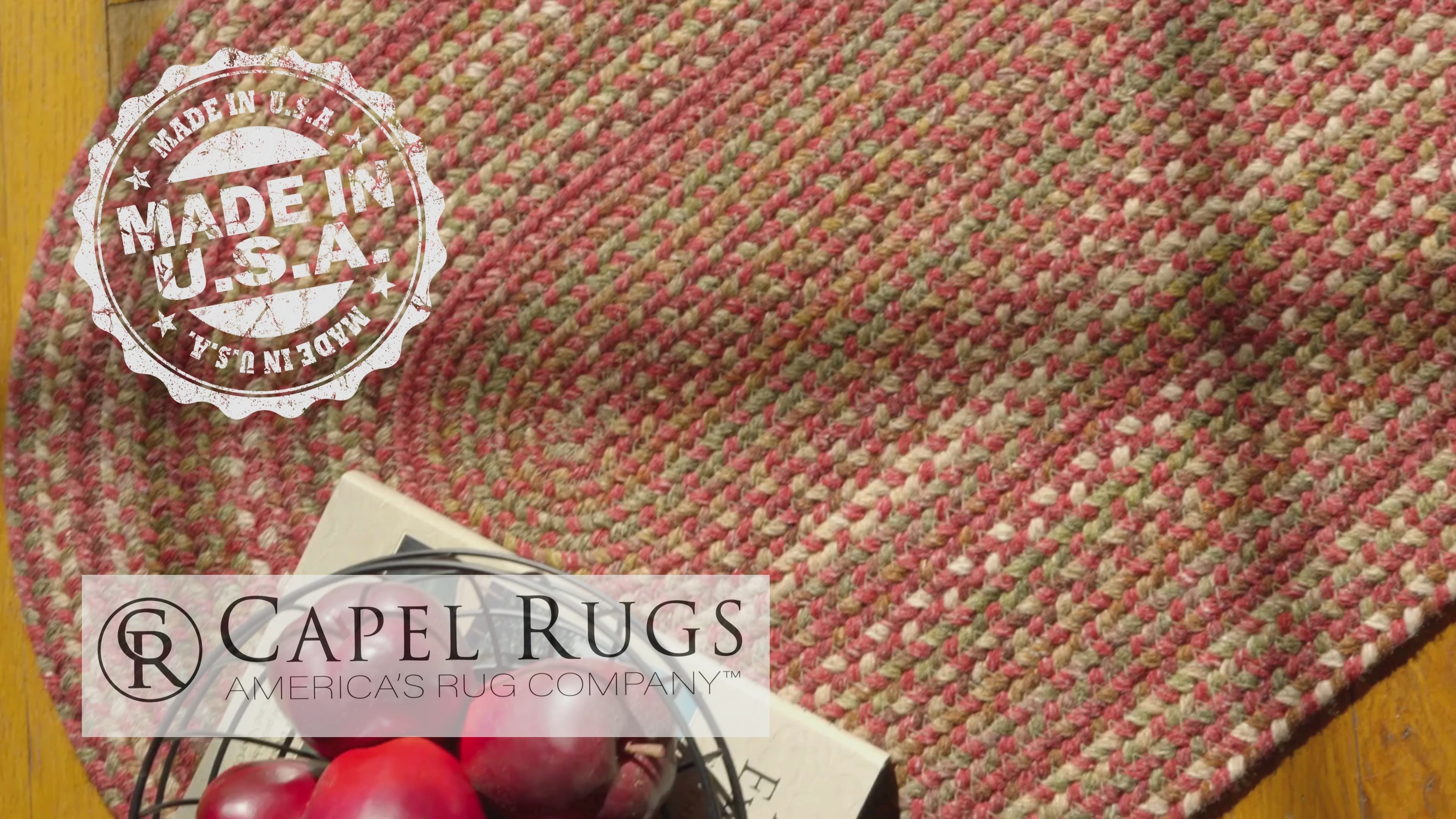
Video

